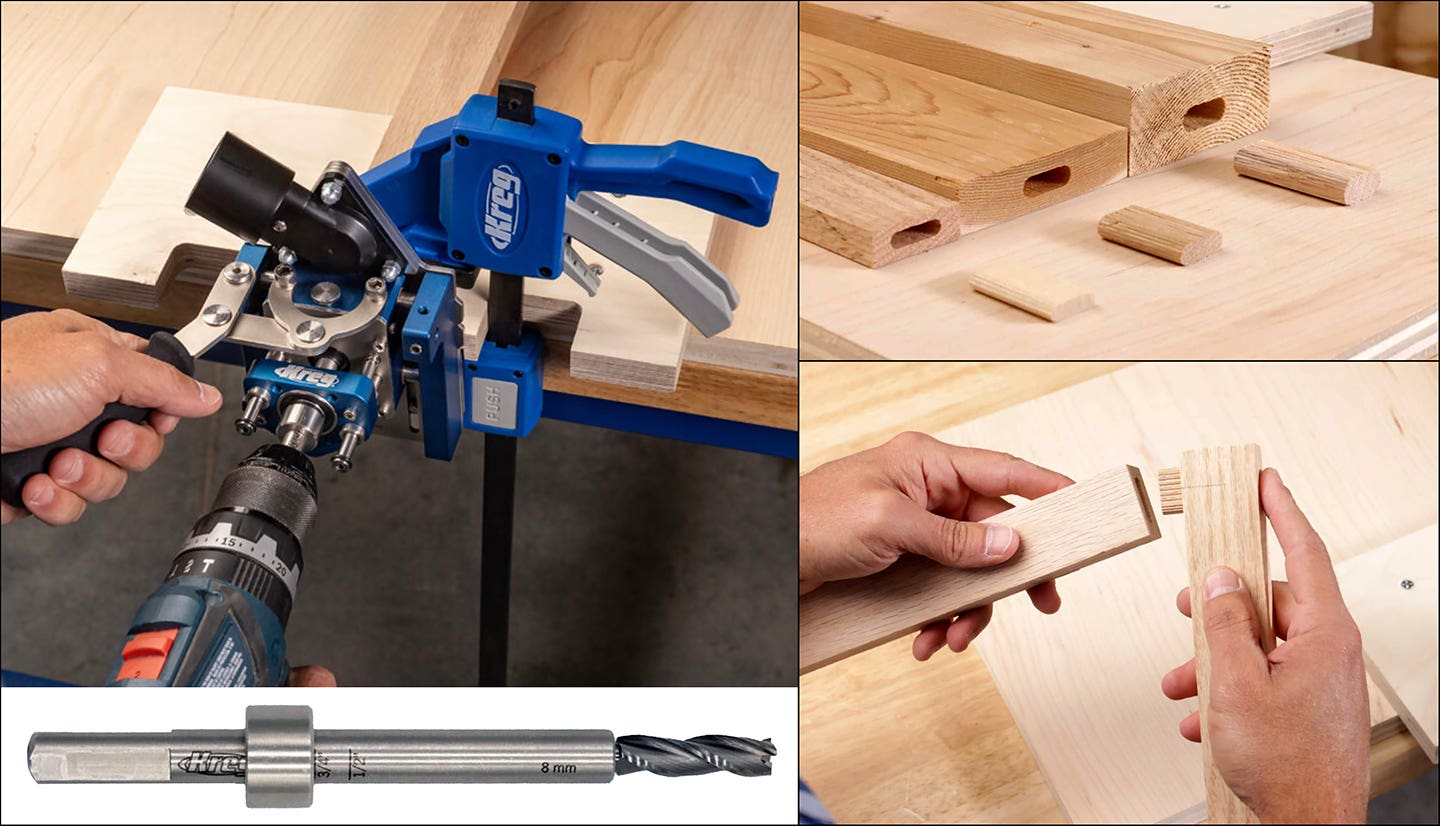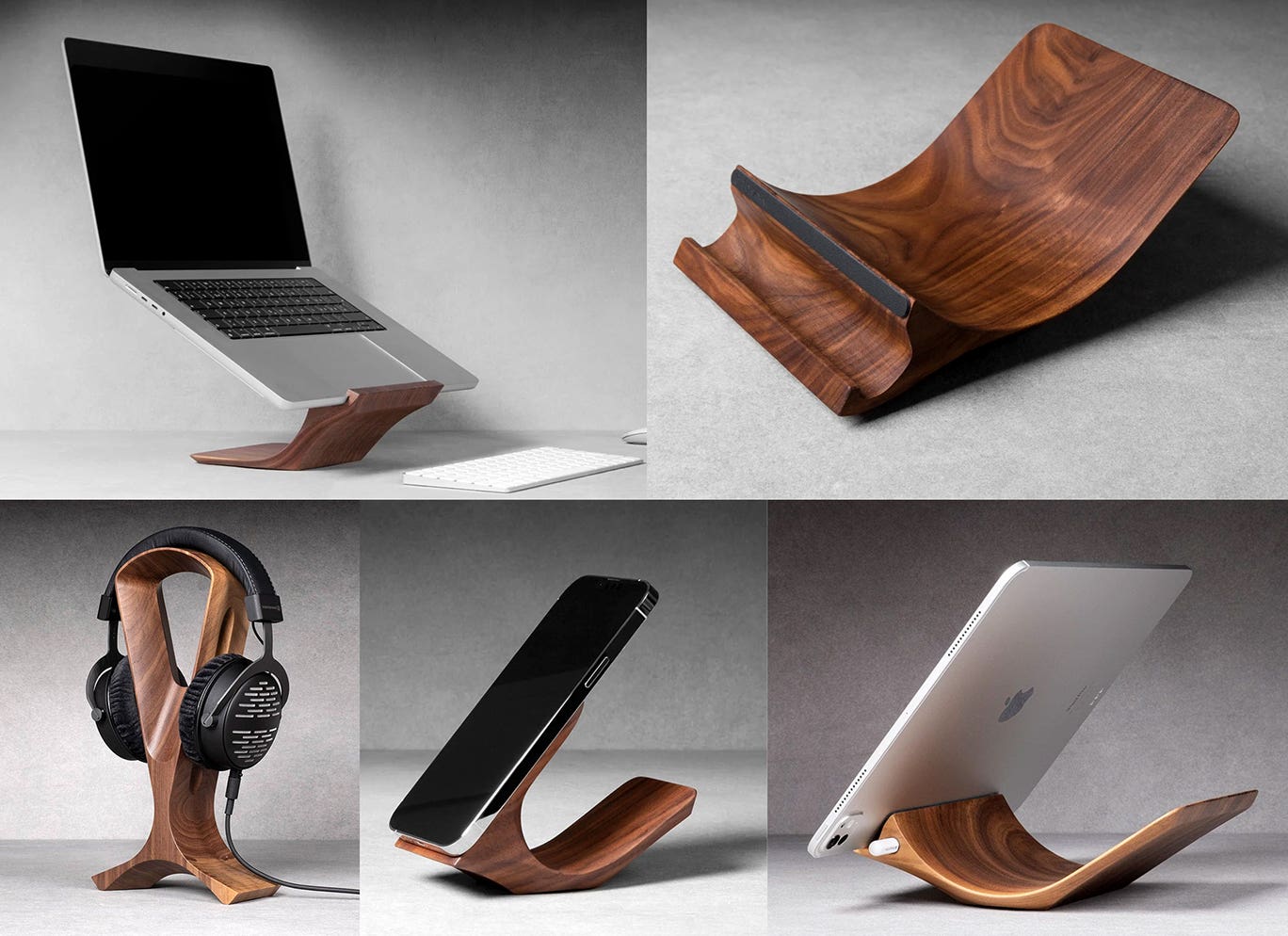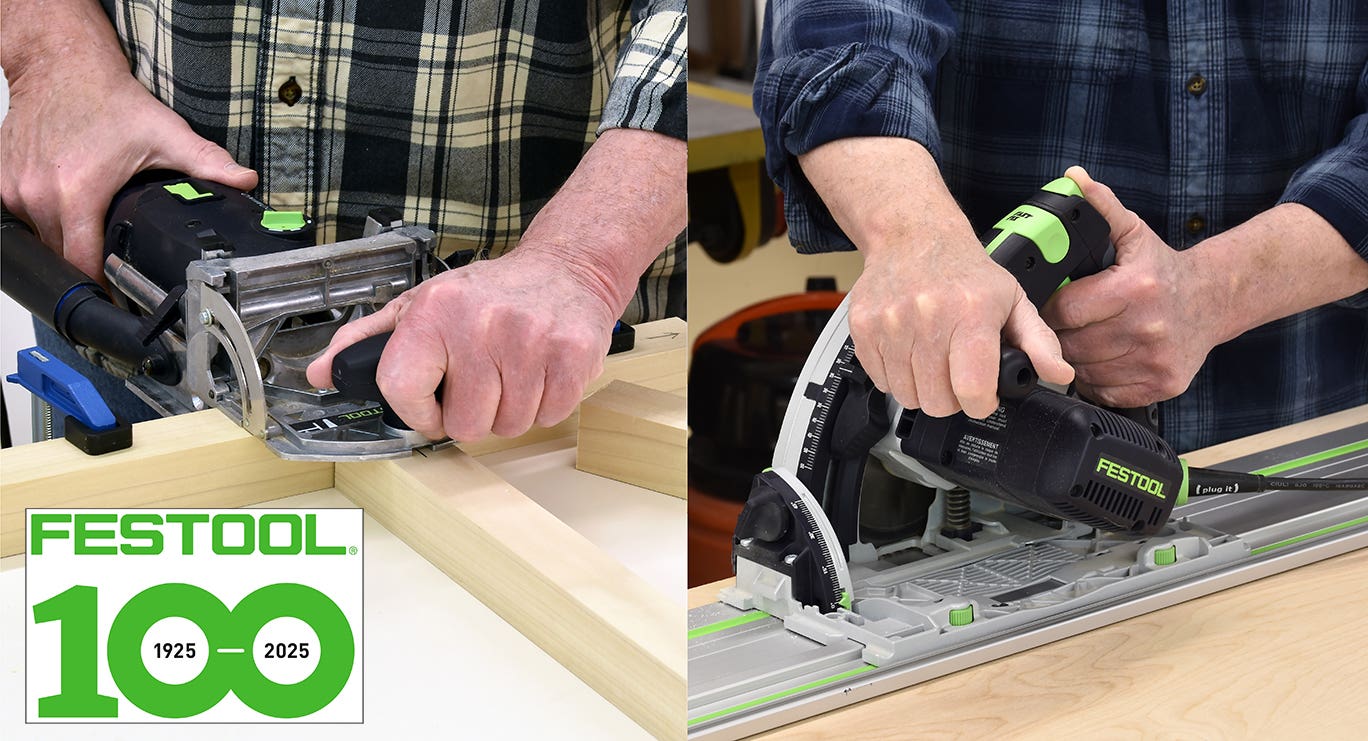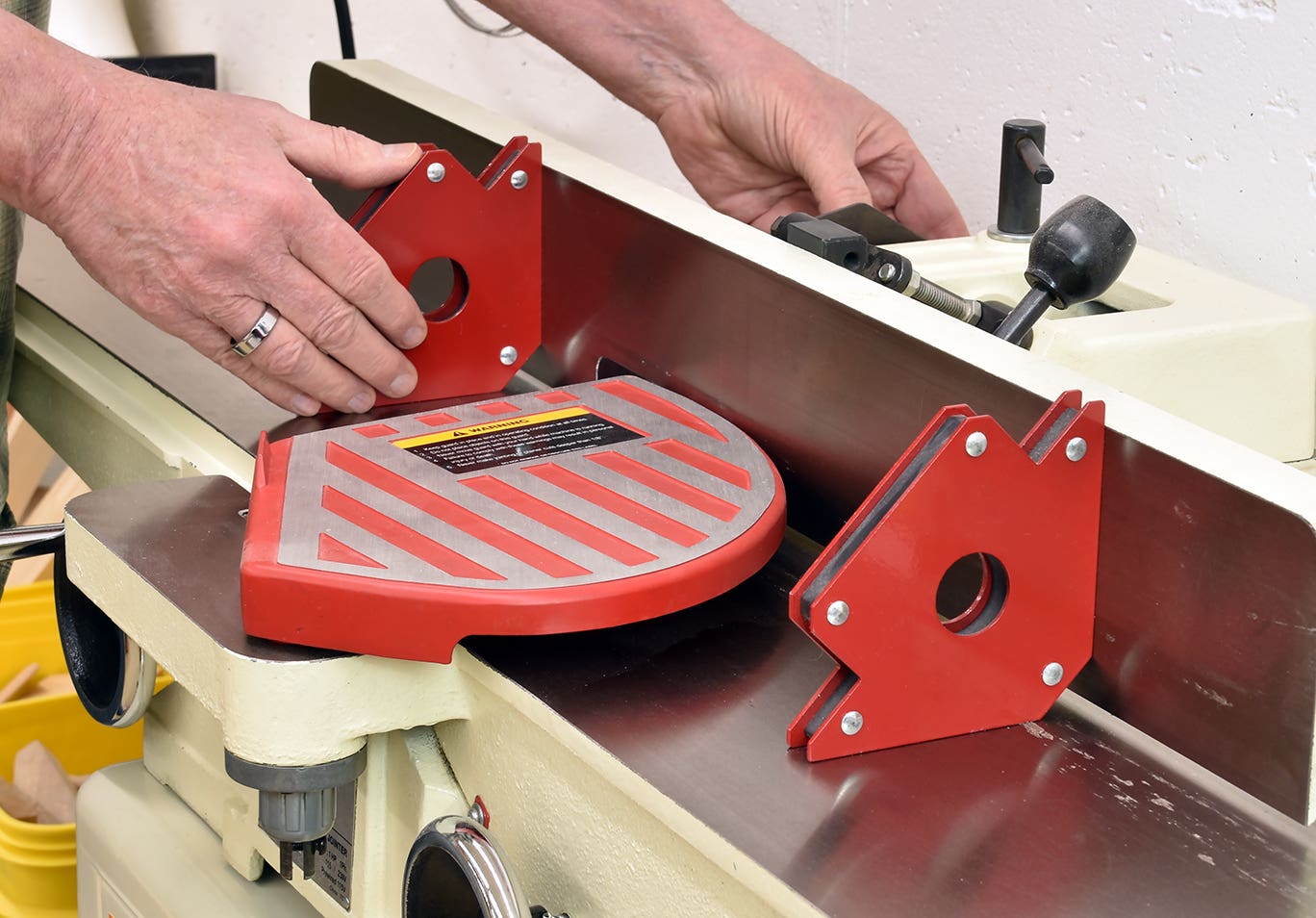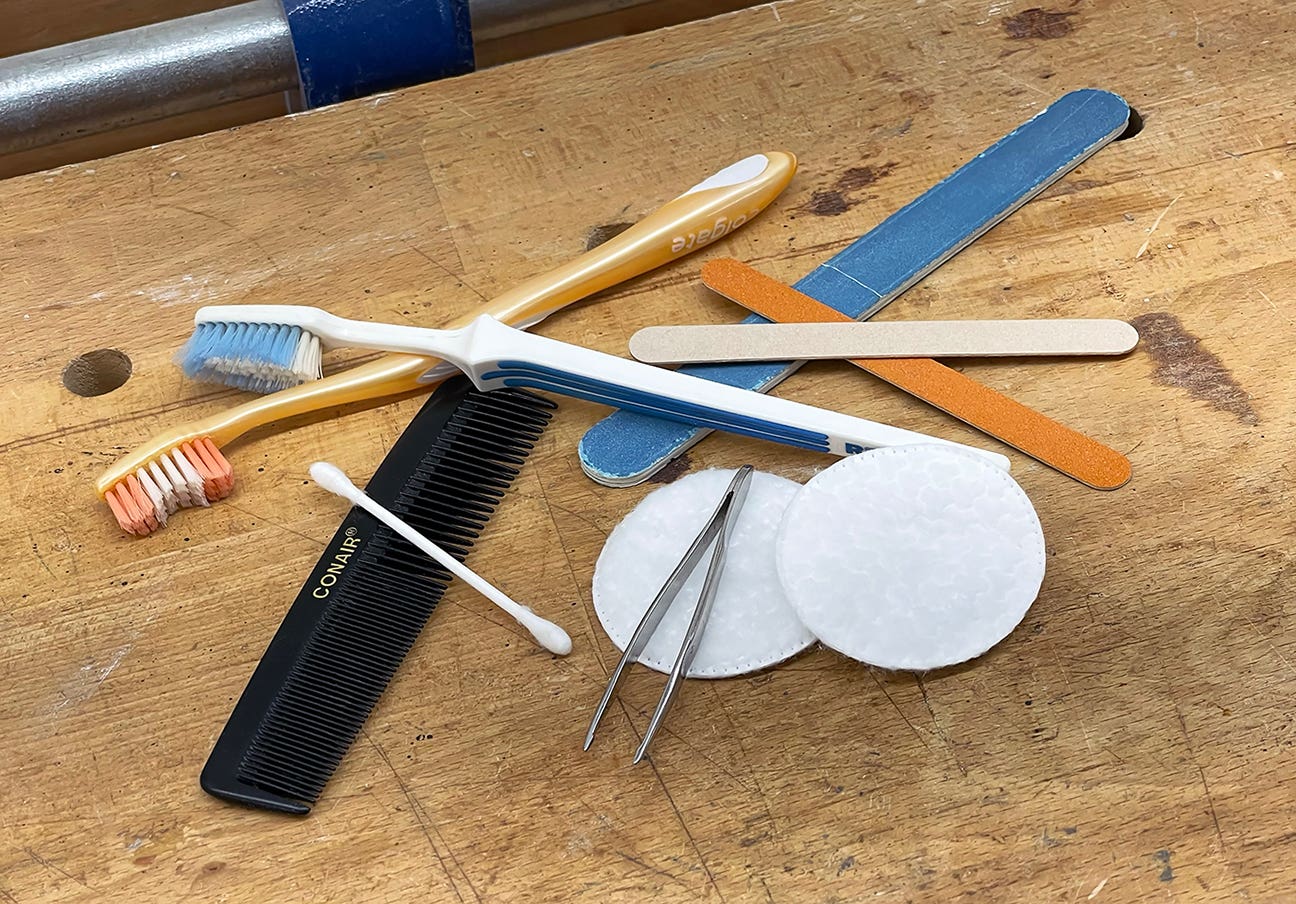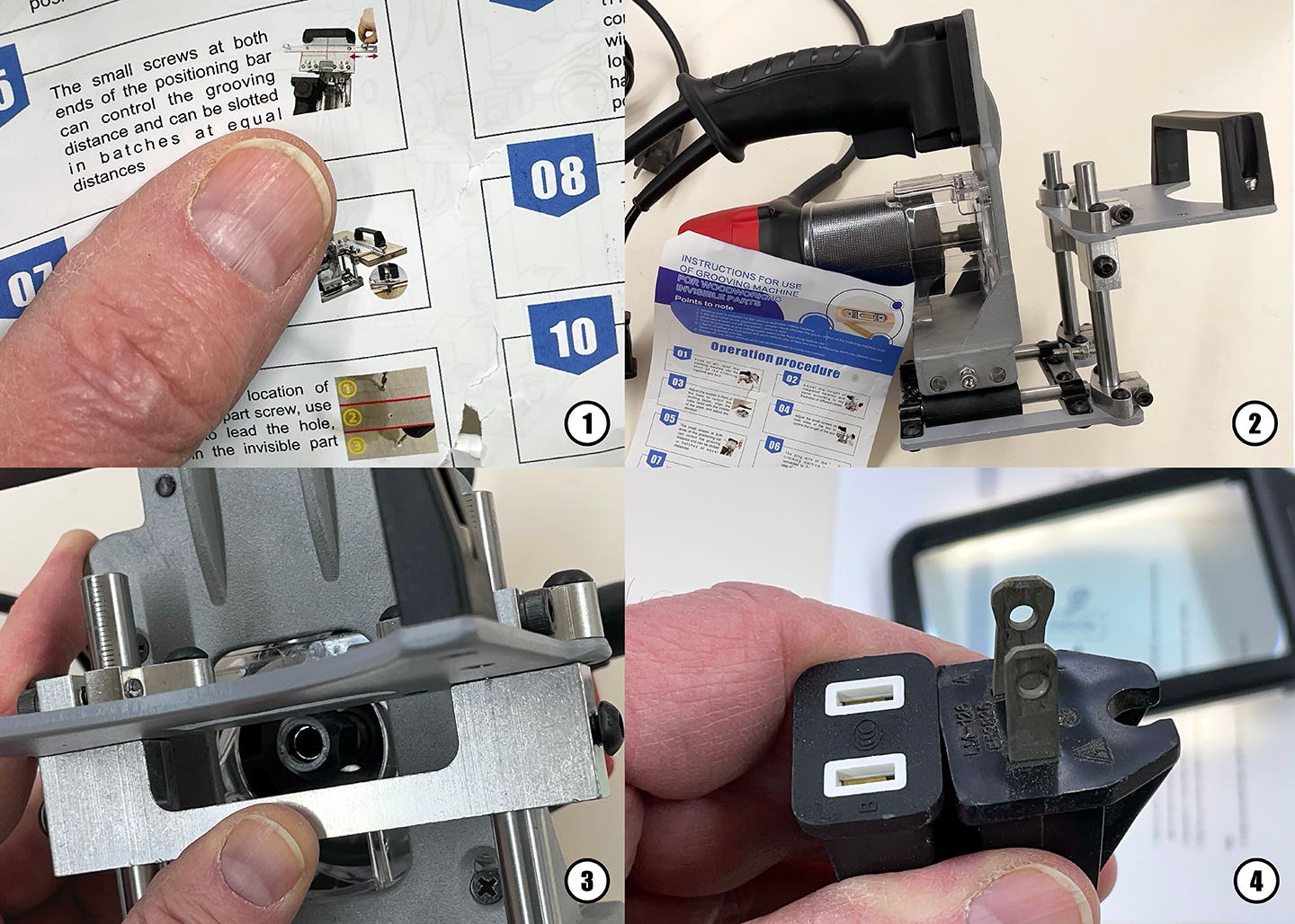Lighten up, there are many ways to mask discoloration
In the second of a two-part series, the author looks at ways to completely hide undesirable color variances Last month we explored some means of lightening the color of wood…
In the second of a two-part series, the author looks at ways to completely hide undesirable color variances
Last month we explored some means of lightening the color of wood either to create an overall lighter color for the finished item or to correct dark stains or uneven color in the wood by removing the undesirable color with a bleaching agent.
This month we’ll look at another method of lightening the color by the application of a bleach tone-type of pigmented coating to mask the original color, then recoloring through several steps to retain the woody look in a lighter color. We’ll also look at using a base color type of product to completely hide undesirable color variances and glazing stains and toners to restore color and depth.
Situations that benefit from this approach are where bleaching can’t effectively remove the objectionable color or where a spot repair is to be performed on a finished object without removing the existing coating. It can also help where the bleaching process is believed to be too difficult, hazardous or uncertain.
An example of a discoloration that can’t be corrected by bleaching is char or scorch darkening of the wood or coating. If the discolored surface is structurally sound, a lighter-colored pigmented coating with sufficient opacity or hiding power can be used to cover the dark stain.
If the char is severe, it must be removed, possibly by scraping or sanding or even cut away entirely, followed by filling to restore the levelness or contour of the surface. Often the repair can be completed by coating the fill and a bit beyond it with a base color (sometimes called a background/base color or basecoat) that completely hides the fill material and inpainting the grain or figure to match the original.
The base color can be made by adding pigment to a clear coating, using a pre-colored base color aerosol or by using a pigmented toner. Since the toner generally is not heavily pigmented, it has little hiding power and might need to be applied in several light coats, whereas a true base/background color has high hiding power and low film build, requiring only one or two coats.
If filling a void isn’t necessary, a base color that matches or blends well with the original can be sprayed over the scorched area. If the wood is open-grained, the texture will still be evident. The color might still need some adjusting; one good choice is to use a dye-type toner to subtly adjust the color as needed. The dye toner will be completely transparent and can work with the base color to more accurately match the original.
Another option
You also can use a glaze to occupy the open grain and emphasize the pattern of the wood. Most of the glaze will be wiped off, but enough will be left on the base color to imitate the color variation and figure of the original wood.
In the example shown here, the wood has been badly scorched and charred in one area. It was sanded, which removed a bit of char below the surface of the wood.
Step 1 on the left and all of the right side shows the original damage.
Step 2 shows the application of the basecoat, hiding the dark scorch.
Step 3 shows application of a dye-type (transparent) toner to adjust the background color.
Step 4 shows Van Dyke brown glazing stain, wiped almost clean, which picks up the texture and the open pore and leaves a bit of color on the surface. This is locked in with a washcoat of clear satin lacquer.
Step 5 shows application of glazing stain (burnt umber), wiped to add figure and depth to the finish.
Step 6 shows application of a dye-type toner (dark golden oak), giving more richness and depth.
Step 7 consists of two full wet coats of clear satin lacquer for final sheen and protection.
Definitions
Bleachtone is a brand name for a Mohawk product that is white or an off-white, very thin, fast drying and semi-transparent. The bulk or aerosol form can be sprayed on darker woods to lighten them without blocking out grain as a background/base color would. Then stain can be applied in a normal finishing process.
Background/base color is generally understood to be a bulk or aerosol solid-colored lacquer with high opacity, low film build and low sheen. It is intended to be a blocking coating to hide defects, uniform woods and provide a base for additional color.
Lacquer toner — also known as shading lacquer, shade stain, spray stain and toning lacquer stain — is simply lacquer with little color added to make a colored, yet transparent or semi-transparent, coating. Seldom used for the final finish, aerosol lacquer toners are great for adding small amounts of color to a sealed wood prior to the final topcoat for adjusting color when the stain takes differently on different parts of a piece or to even color within a board.
Toners are made with two different types of colorants: pigments and dyes. Pigments are very finely ground colored particles. Pigmented toners are semi-transparent and do have some hiding power. The dye-type toner is fully transparent, as the dye is completely dissolved in the lacquer, allowing the finisher to apply small amounts of color without hiding the figure or depth of the wood.
Some pigment toners have sufficient hiding power that they can be used as base colors, usually requiring more coats than would be necessary with a true base color. Lighter colors — such as whitewash, pickle frost, champagne, beige, parchment and many named for the raw wood, such as natural ash — can be used in the same fashion as a true Bleachtone in some cases.
Glaze or glazing stain is a semi-transparent pigmented stain applied over a sealer or finish coat to provide additional depth, color and richness to a finish. The glaze is brushed, wiped or sprayed onto a sealed surface and allowed to dry to a dull sheen. It is then wiped off, selectively, allowing more color to remain in pores, in scratches or low areas of a profile such as carving or fluted legs and less color on more exposed areas of the finish.
These products and techniques are valuable tools for the builder, finisher, refinisher or touchup technician. While they take time and patience to master, they greatly increase the ability to save and make money in this craft.
Greg Williams, formerly senior touchup and finishing instructor for Mohawk Finishing Products, is now a freelance instructor and consultant.
This article originally appeared in the January 2015 issue.


